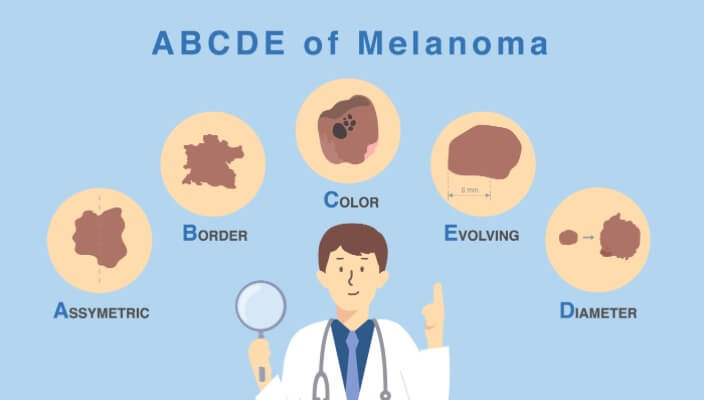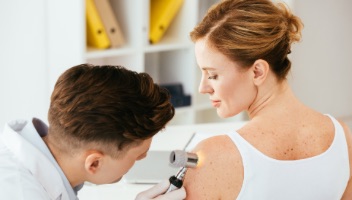Standard Excision
By choosing this procedure, patients can expect a comprehensive approach to their dermatological concerns, ensuring complete removal and minimizing the risk of recurrence. It offers a versatile and prompt solution with clear treatment goals, providing patients with a path toward improved skin health and well-being.
Examples of Standard Excision



Standard Excision Explained
Before the excision, patients typically undergo a consultation with the dermatologist, during which the need for the procedure is discussed, and any potential risks or benefits are explained. The dermatologist may recommend excision if a skin lesion raises concerns about malignancy, or if it causes discomfort or cosmetic issues.
Benefits of Standard Excision
How Pinnacle Dermatology Can Help
Standard Excision FAQs
Your dermatologist may recommend it to address skin cancers, remove bothersome moles, or address cosmetic concerns for a more comprehensive solution.
No, your dermatologist uses local anesthesia to ensure the procedure is pain-free. Patients may feel some pressure but should not experience pain.
The procedure is usually quick, lasting only as long as it takes to remove the targeted lesion and perform any necessary closure.
In some cases, the removed tissue is sent to a laboratory for analysis to determine if there are any cancerous cells present.
The extent of scarring depends on factors like the size and location of the excision. Your dermatologist will discuss potential scarring during the consultation.
Your dermatologist will discuss possible alternatives during the consultation, taking into account the nature of your skin condition and individual factors.
What to Expect at Your Standard Excision Appointment
Post-excision, the dermatologist closes the wound using sutures or other methods based on size and location, providing patients with post-operative care instructions, including wound cleanliness and activity restrictions during healing.
How to Prepare for Standard Excision
Planning for Standard Excision Recovery
We will work with you to ensure proper recovery and are happy to answer any questions you have.
Featured Blogs

- Skin Cancer
- Skin Exams
With skin cancer cases rising year after year, it’s no surprise that people are itching to learn more about this life-threatening skin disease
Read More
- Skin Cancer
- General Dermatology
- Skin Exams
- Sun Safety
If your dermatologist finds a suspicious mole during your TBSE, hey want to perform a skin biopsy.
Read More
- Skin Cancer
- Skin Exams
In this blog, we’re covering what you need to know about five dangerous skin cancers, including basal cell carcinoma (BCC), squamous cell carcinoma (SCC), malignant melanoma, merkel cell carcinoma, and kaposi sarcoma.
Read More